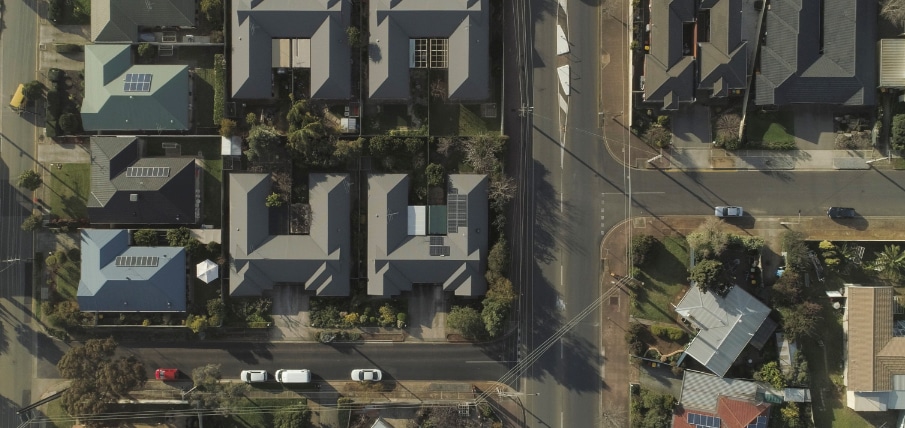In a new report released on Tuesday, the ENA said SA Power Networks’ Advanced VPP Grid Integration Trial shows the way forward for Australia’s distribution networks as the national electricity market (NEM) continues to decentralise and VPPs become larger and more prevalent.
South Australia is home to the Tesla home battery-based SA VPP which is shaping to be the world’s biggest. Since its launch in 2018, the SA VPP has been rolled out across more than 1,000 Housing SA properties. Phase three of the VPP was launched late last year and is expected to take the scheme to another 3,000 homes with the eventual aim to roll the VPP out across 50,000 South Australian homes, both public and private. At full scale, the Tesla VPP would provide up to 500 MW.
The ENA, the national industry body representing Australia’s electricity transmission and distribution and gas distribution networks, said it is clear VPPs will supply critical wholesale energy into the grid, but warned the aggregated operation of thousands of rooftop solar PV systems can easily exceed distribution network limits.
The ENA said VPPs need dynamic information about available network capacity to operate to their fullest potential and SA Power Networks’ grid integration trial had shown that current export limits can be as much as doubled.
“It was the first project to demonstrate the active adaptation of dispatch limits by a VPP operator, to maximise access to the energy market without breaching distribution network constraints,” ENA said.
“Since October 2019 this innovation has enabled Tesla’s 1000-customer 5 MW SA VPP to dispatch at higher power levels and generate greater value while trading in wholesale and FCAS markets.”
ENA said the project lays the foundations to transition to flexible export limits for all distributed energy resource (DER) customers.
During the trial, SA Power Networks worked with Tesla, the CSIRO and the Australian Renewable Energy Agency (ARENA) to provide a real-time data feed of available local network capacity to the VPP, enabling it to export more energy to the market but operate within the network’s technical limits.
SA Power Networks said this was achieved by implementing an interface that exchanges real-time data on location and network capacity between the electricity distributor and the customers’ VPP operator.
The project co-designed and developed technology to enable the SA VPP to operate within continually updated ‘operating envelopes’. Instead of the normal 5 kW per-customer dispatch limit, this increased to 10 kW per customer, when the network has capacity.
The results of the SA Power Networks trial have been outlined in ENA’s Network Innovation Report 2021.
ENA chief executive officer Andrew Dillon said the report, a compilation of the submissions received to the ENA’s 2020 Industry Innovation Awards, provides an opportunity for networks to share learnings from across the sector and receive insight into what other businesses were achieving.
“The energy sector is undergoing one of the most momentous periods of change since the introduction of electricity into the home,” he said.
“With the integration of renewables, the increase in battery storage uptake and innovative market and system design, networks are creating a smarter grid, giving customers more control over their energy use and encouraging better management of electricity demand.”
ENA received 11 entries for the annual Industry Innovation Awards, including from Endeavour Energy, Energy Queensland, Horizon Power, Jemena, TransGrid, United Energy, Western Power and the winning SA Power Networks entry.
This content is protected by copyright and may not be reused. If you want to cooperate with us and would like to reuse some of our content, please contact: editors@pv-magazine.com.









3 comments
By submitting this form you agree to pv magazine using your data for the purposes of publishing your comment.
Your personal data will only be disclosed or otherwise transmitted to third parties for the purposes of spam filtering or if this is necessary for technical maintenance of the website. Any other transfer to third parties will not take place unless this is justified on the basis of applicable data protection regulations or if pv magazine is legally obliged to do so.
You may revoke this consent at any time with effect for the future, in which case your personal data will be deleted immediately. Otherwise, your data will be deleted if pv magazine has processed your request or the purpose of data storage is fulfilled.
Further information on data privacy can be found in our Data Protection Policy.